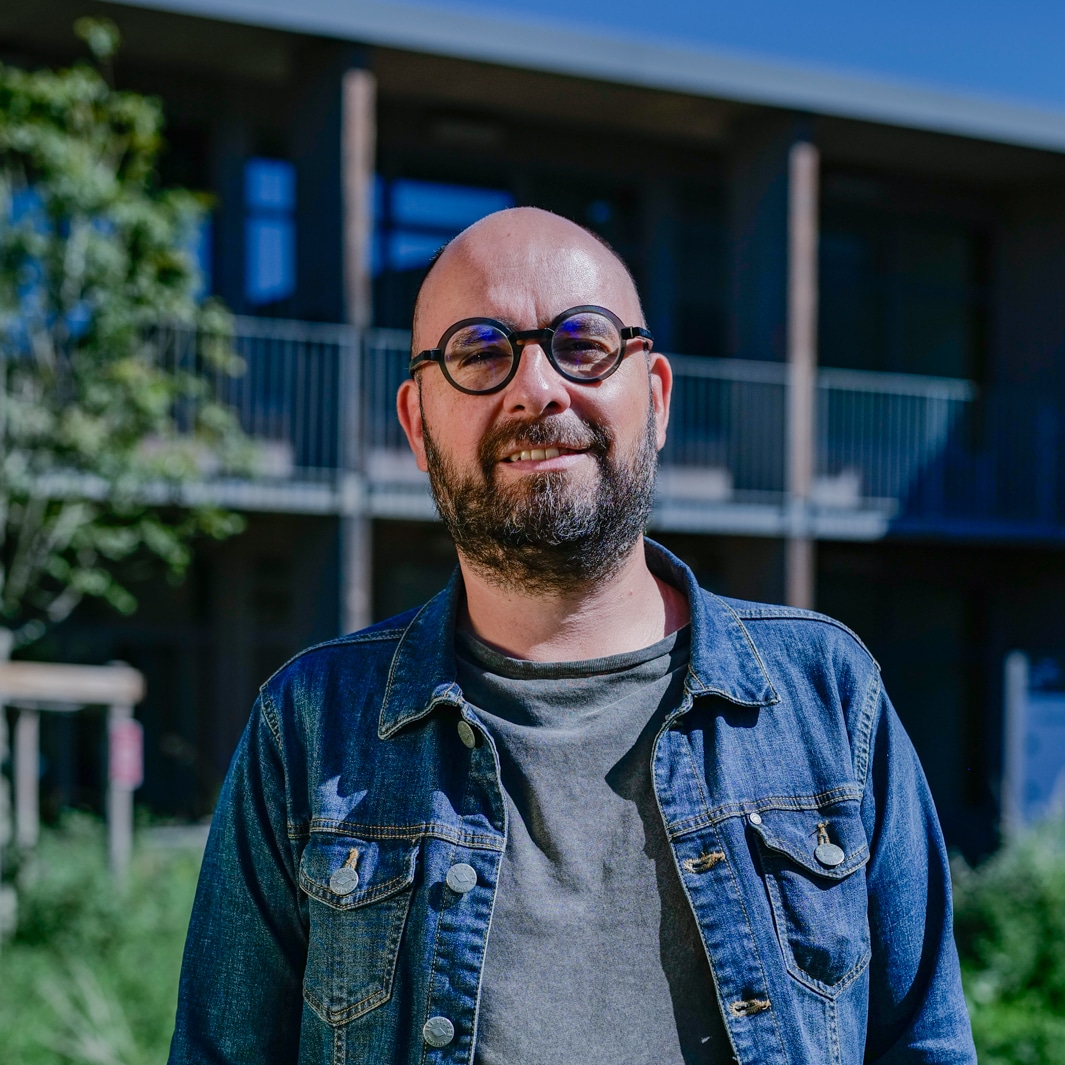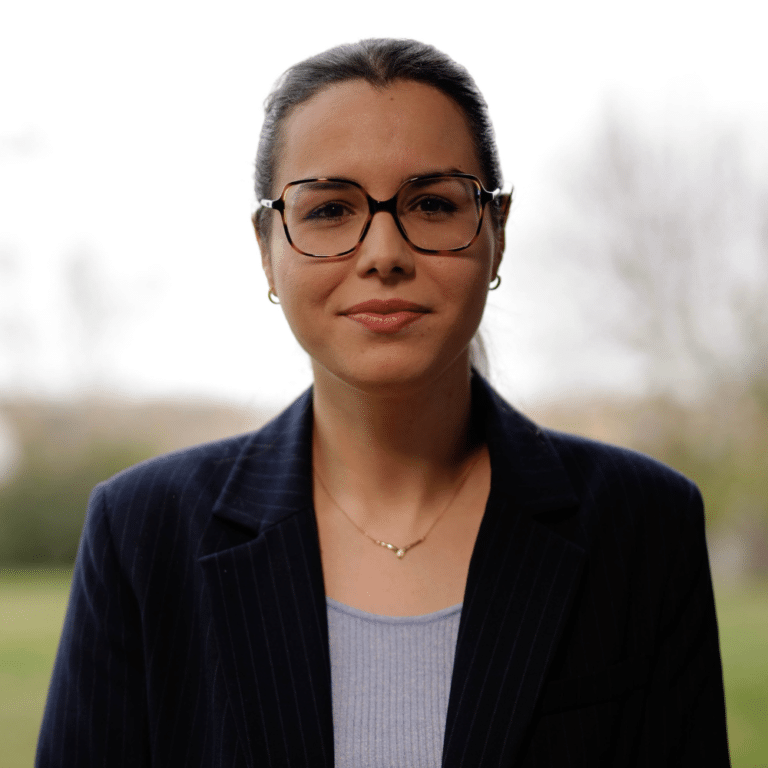
Thomas Glesener
Research project
Out of the Ordinary: Middle Eastern Christians and the Economy of Charity in the Eighteenth-Century Mediterranean
Project summary
On April 1st, 1754, the King of Spain issued an order to all provincial commanders to arrest “the Maronites and Melkites who, bearing false papers from Eastern bishops, arrive claiming to be persecuted Catholics in order to elicit pity, when in fact most turn out to be vagrants and swindlers.” Across the country, Lebanese, Syrians, and Armenians were detained—some were clergy seeking aid for their orders, others nobles in exile, and still others destitute individuals hoping to make their fortune in Europe. All were, or claimed to be, Catholic subjects of the Ottoman Sultan from the Middle East, alleging they had been reduced to poverty as a result of religious persecution.
Arrival of Eastern beggars
This wave of alms collectors had been growing steadily since the mid-seventeenth century. It was the result of imperial policies pursued by the Holy See and the Kingdom of France on the western fringes of the Ottoman Empire. In order to strengthen their missionary and commercial presence, Rome and Versailles relied on the Christian communities of Syria and Lebanon—Maronite, Melkite, Jacobite, and Chaldean—by encouraging their alignment with the Catholic Church. This policy deepened tensions within the Eastern churches, leading to schisms between those communities that remained under the Sultan’s religious jurisdiction and those that recognized the authority of the Pope. From that point on, the paths to Europe opened widely for these newly Catholic Christians of the Middle East. Seminaries were established in Rome to train their clergy; their expertise in Oriental languages was in demand in the scholarly centres of European Orientalism; powerful Catholic networks—bringing together merchants, high-ranking clergy, and noble households—mobilized to support the missionary cause. Yet this alignment with Rome also produced unforeseen consequences: by joining the Catholic fold, Middle Eastern Christians gained access to Europe’s charity market.
Embodying long-established and prestigious figures of Mediterranean charity—the captive, the persecuted Christian, the exiled noble, the Crusader, the Holy Land—these Christians from the East were welcomed with great honour. Treated as ambassadors, they dined at royal courts, travelled from capital to capital, were granted permission to cross into the Americas, and raised substantial sums of money. However, by the 1730s, the growing number of such travellers aroused suspicion. These figures of noble poverty had once appeared legitimate only in their rarity, but the increasing frequency and diversity of their profiles led to their banalization. Periodicals of the time warned readers against “Arab princes” and “purse-scavengers”; Lebanon was no longer seen as the Holy Land but as “Arabia”; Polish and German Jews were suspected of disguising themselves in Eastern attire. Across Europe, measures of control and repression multiplied.
Transformation of the economy of charity
This project investigates how the arrival of Eastern beggars in Europe transformed the economy of charity by hastening the disqualification of traditional hierarchies of poverty rooted in the legal frameworks of holy war in the Mediterranean. Since the Middle Ages, jihad and crusade had shaped both the practice of charity and the legal definition of the poor by producing figures of “high poverty”—essentially victimized figures who were granted privileged rights to assistance. In this context, the Mediterranean long served as a crucible for privileged charitable categories: the absentee, the captive, the convert—each representing martyrdom in a morally superior war that was seen as involving all of Christendom. These categories suspended local rights and conferred access to charity anywhere, regardless of the beneficiary’s origin. This legal regime of poverty, grounded in the notion of holy war, thus offered privileged access to public charity and, in some cases, facilitated trans-Mediterranean and cross-confessional mobility.
Drawing on a rich body of Spanish archival material, cross-referenced with Arabic sources and supplemented by research in French and Roman archives, this study seeks to reconstruct how the figure of the “Eastern Christian” was fashioned into a legitimate title granting access to public charity. It reveals how a wide range of actors—including missionaries in the Levant, village chiefs in Lebanon, Levantine residents in major European cities, Roman officials, French merchants, and numerous members of local authorities—contributed to the production and promotion of this figure of high poverty. The research also examines, in concrete terms, how Levantine migrants underwent a process of refashioning—through the production of forged documents in the offices of Oriental language interpreters—that allowed them to present themselves as persecuted Christian dignitaries.
The project thus underscores that this figure was a form of Orientalism crafted in Europe, with the collaboration of some of the most eminent Orientalists of the time—an invention of a figure of exceptional poverty beyond all ordinary measure. The proliferation of Levantine alms-seekers cannot be dismissed simply as a wave of frauds; rather, it represents a deeper phenomenon: the introduction of market logics into the economy of charity. The expansion of mobility across the Mediterranean at this time occurred against the backdrop of fragmented information networks. Exploiting this informational asymmetry between the Eastern and Western Mediterranean, culturally adept entrepreneurs constructed new poverty personas and launched them into the competitive market of high-distinction charitable goods.
The central hypothesis of this research is that the scandal provoked by the sudden appearance of “Eastern Christians” on the charity market was less a matter of public order than an economic issue, stemming from the growing commodification of charitable claims. In purging their charity economies of the figure of the “Eastern Christian,” European authorities effectively dismantled the old poor law rooted in the traditions of holy war. This legal framework had supported an embedded economy of charity that extended well beyond European borders, granting privileged access to assistance for foreigners across the Mediterranean. While the idea of aiding victims suffering from hardships overseas remained acceptable, the notion that these victims might claim their dues directly was no longer tolerable. This redefinition of the boundaries of charity relegated assistance to the overseas poor to a different legal and moral domain—one that would soon come to be known as humanitarianism.
Biography
Thomas Glesener holds a PhD in History from the universities of Toulouse and Liège. He is an associate professor of early modern history at Aix Marseille Université and a member of the TELEMMe laboratory (amU/CNRS). Specialised in the Iberian world, his research focuses on the social history of legal regimes governing foreigners and minorities from the 17th to the early 19th century. By examining the mechanisms of inclusion and exclusion that shape minority citizenship, he explores how the treatment of minorities changed during the transition from corporate to liberal societies. He also examines the processes of modernisation and secularisation in Southern European societies at the end of the Ancien Régime. He is the author of L’empire des exilés. Les Flamands et le gouvernement de l’Espagne au XVIIIe siècle (2017), and he is the co-editor, with Simona Cerutti and Isabelle Grangaud, of La Cité des choses. Une nouvelle histoire de la citoyenneté (2024).



